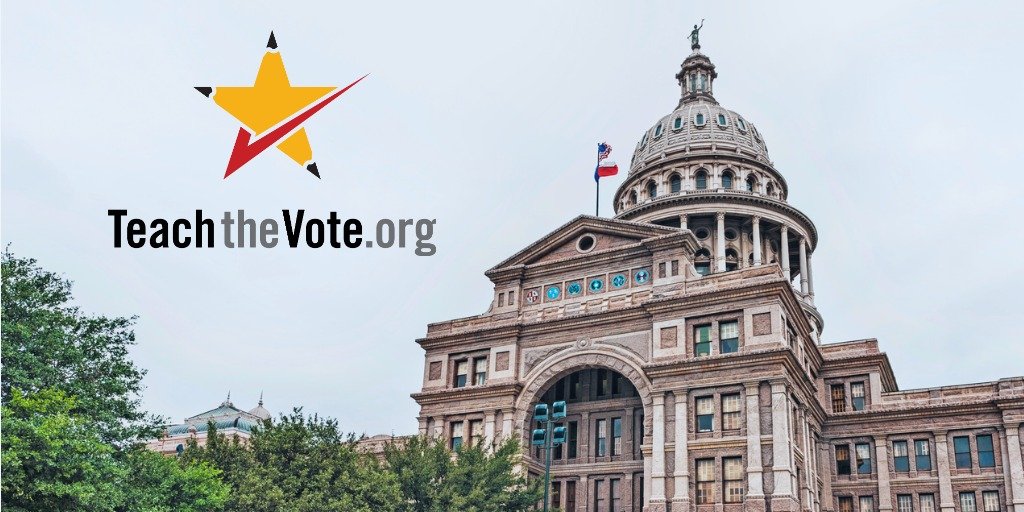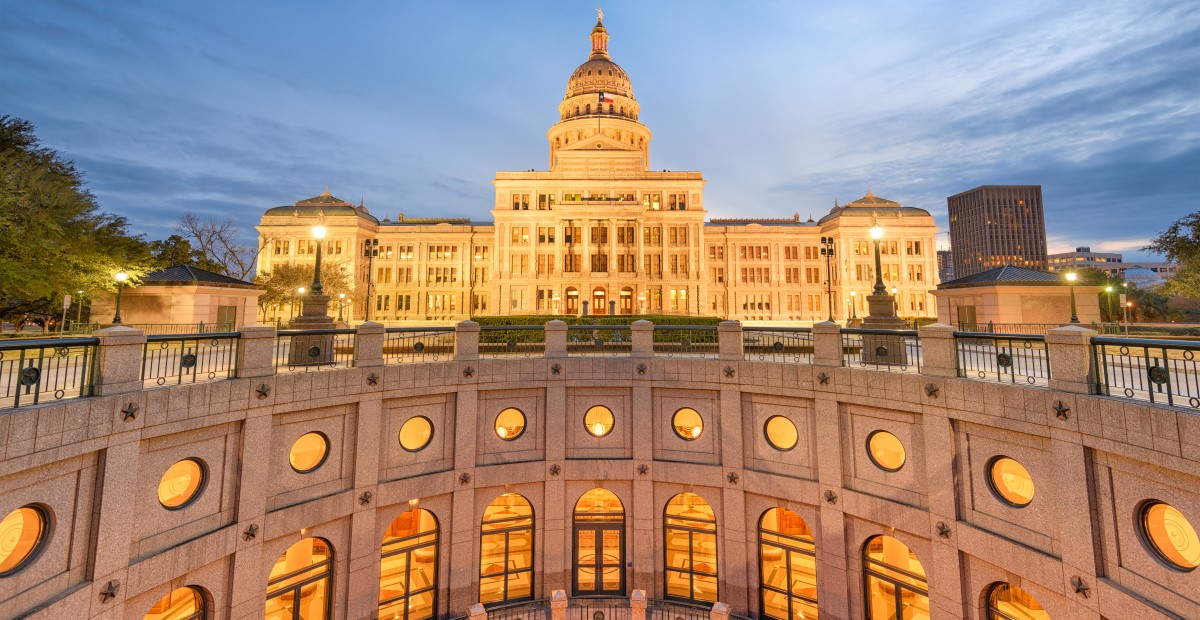Why vouchers matter

Texas Legislature Elections Privatization | Vouchers
Date Posted: 2/07/2024 | Author: Mark Wiggins
Vouchers would defund and destroy our neighborhood public schools in order to create a taxpayer-funded entitlement for parents with students in private schools.
How vouchers work
Whether they’re marketed as “education savings accounts” or “tax credit scholarships,” all voucher proposals have the same purpose: redirecting taxpayer dollars to private schools.
Unlike public schools that are governed by locally elected school boards and subject to rigorous transparency laws, private schools are unregulated and answer to neither voters nor taxpayers. Although public schools must account to taxpayers for each dollar spent, private schools would have no requirement to track their spending of your tax dollars.
While vouchers are pitched as creating opportunities for vulnerable populations, studies of such programs in other states have shown that as much as 90% of voucher payments are awarded to individuals whose students were already enrolled in private schools and had never previously attended a public school—not the oft-cited students “desperately trying to leave a government school,” who may not even exist.
The federal Individuals with Disabilities Education Act (IDEA) shields families of public school students with identified special needs from the financial burden of expensive educational supports by requiring public schools to provide those supports free of charge. Vouchers require students to surrender their IDEA rights and waive their guarantee of a free and appropriate public education once they enter the private school system.
How vouchers would impact your classroom
Vouchers reduce funding for public school classrooms in two ways. First, paying for vouchers reduces the amount of state money available to fund public schools. Because this reduction in available funding occurs at the state level and is not tied to student enrollment, it impacts all public schools, even though the vast majority of students remain in the public school system. For example, despite the very few public school students who opted into Arizona’s voucher program, that state’s voucher program cost ballooned from just a few million dollars early on to nearly a billion dollars, threatening to overwhelm the entire state budget. Estimates for the cost of a fully implemented universal voucher program in Texas are as high as $12 billion to $14 billion per biennium.
Even though comparatively few students leave the public schools, some do. This is the second way vouchers reduce public school funding. When enrollment decreases like this, lost funding typically exceeds any savings associated with a reduction in student population because fixed costs remain the same. For instance, it costs the same to provide electricity and custodial services. Again, the vast majority of students remain in the public school system—only with fewer resources as a result of vouchers.
School districts have limited options when it comes to solving budgetary challenges. Closing campuses and reducing staffing are the most common cost-cutting measures. In the long term, voucher programs increase public school workloads while decreasing staffing and sacrificing individual student learning.
How vouchers would impact Texas
The Texas school finance formula requires the state and local taxpayers to share the cost of paying for public schools. By driving down state funding, vouchers would shift the burden of paying for public schools to the local tax base. The effect is a de facto property tax increase on all Texans.
Texas currently benefits from strong public schools. As vouchers defund those schools, more families may be driven to pay out of pocket to attain the same quality of education their public schools were once able to provide before being undermined by vouchers. Vouchers would ultimately transform education in Texas from a birthright to a pay-to-play landscape of unaccountable private providers.
CONVERSATION
RECOMMENDED FOR YOU

Elections, Miscellaneous, TEA | Commissioner | SBOE, Testing | Accountability, Texas Legislature
06/21/2024
Teach the Vote’s Week in Review: June 21, 2024
STAAR scores continue to generate buzz. Plus, watch this video on upcoming House of Delegates consideration of the ATPE Legislative Program.

12/19/2025
Teach the Vote’s Week in Review: Dec. 19, 2025
Happy Holidays from ATPE! The ACLU of Texas is challenging SB 12 in federal court, and ATPE has distributed candidate surveys to those running for statewide, legislative, and SBOE seats.

12/18/2025
Gov. Abbott’s property tax promise and the split in the Texas GOP
Property taxes aren’t just a political talking point. They’re the main revenue source for vital local services, including police, fire, and public education.

